Jianbo Chang
3D Shuffle-Mixer: An Efficient Context-Aware Vision Learner of Transformer-MLP Paradigm for Dense Prediction in Medical Volume
Apr 14, 2022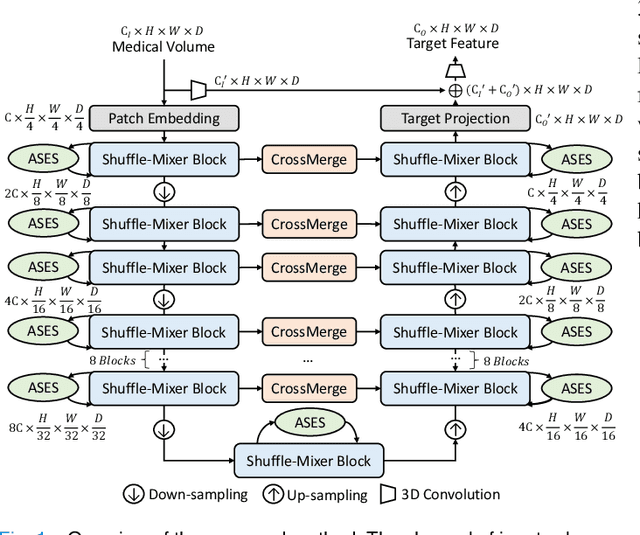
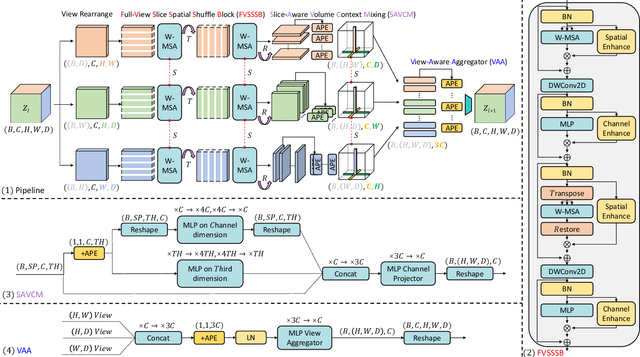
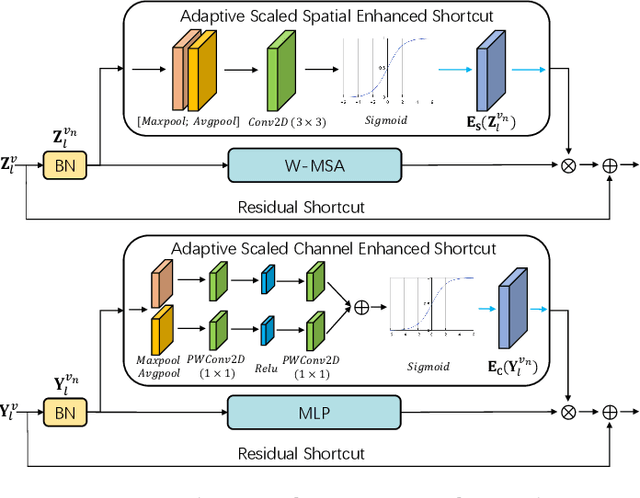
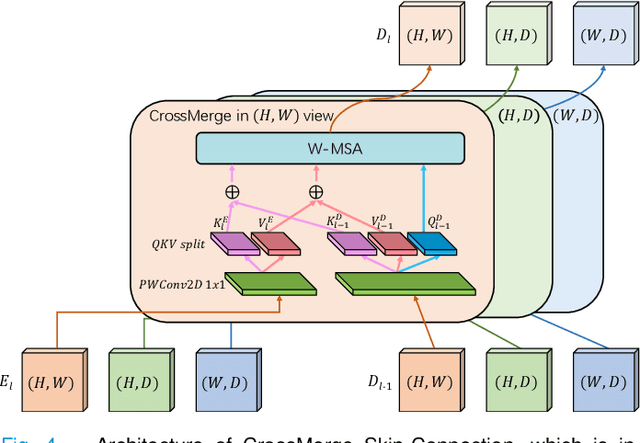
Abstract:Dense prediction in medical volume provides enriched guidance for clinical analysis. CNN backbones have met bottleneck due to lack of long-range dependencies and global context modeling power. Recent works proposed to combine vision transformer with CNN, due to its strong global capture ability and learning capability. However, most works are limited to simply applying pure transformer with several fatal flaws (i.e., lack of inductive bias, heavy computation and little consideration for 3D data). Therefore, designing an elegant and efficient vision transformer learner for dense prediction in medical volume is promising and challenging. In this paper, we propose a novel 3D Shuffle-Mixer network of a new Local Vision Transformer-MLP paradigm for medical dense prediction. In our network, a local vision transformer block is utilized to shuffle and learn spatial context from full-view slices of rearranged volume, a residual axial-MLP is designed to mix and capture remaining volume context in a slice-aware manner, and a MLP view aggregator is employed to project the learned full-view rich context to the volume feature in a view-aware manner. Moreover, an Adaptive Scaled Enhanced Shortcut is proposed for local vision transformer to enhance feature along spatial and channel dimensions adaptively, and a CrossMerge is proposed to skip-connects the multi-scale feature appropriately in the pyramid architecture. Extensive experiments demonstrate the proposed model outperforms other state-of-the-art medical dense prediction methods.
Fusion of medical imaging and electronic health records with attention and multi-head machanisms
Dec 22, 2021
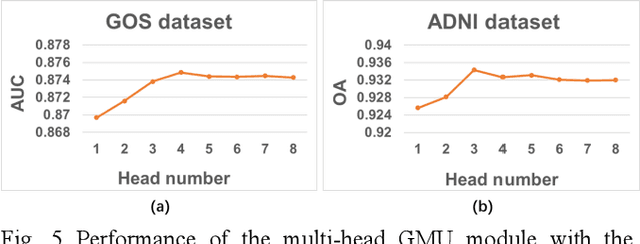
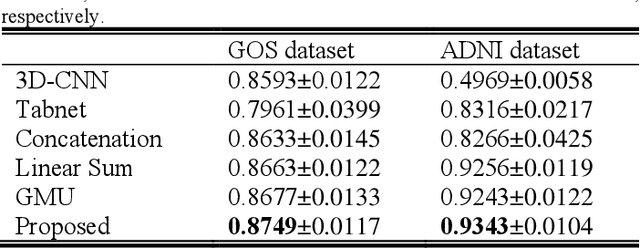

Abstract:Doctors often make diagonostic decisions based on patient's image scans, such as magnetic resonance imaging (MRI), and patient's electronic health records (EHR) such as age, gender, blood pressure and so on. Despite a lot of automatic methods have been proposed for either image or text analysis in computer vision or natural language research areas, much fewer studies have been developed for the fusion of medical image and EHR data for medical problems. Among existing early or intermediate fusion methods, concatenation of features from both modalities is still a mainstream. For a better exploiting of image and EHR data, we propose a multi-modal attention module which use EHR data to help the selection of important regions during image feature extraction process conducted by traditional CNN. Moreover, we propose to incorporate multi-head machnism to gated multimodal unit (GMU) to make it able to parallelly fuse image and EHR features in different subspaces. With the help of the two modules, existing CNN architecture can be enhanced using both modalities. Experiments on predicting Glasgow outcome scale (GOS) of intracerebral hemorrhage patients and classifying Alzheimer's Disease showed the proposed method can automatically focus on task-related areas and achieve better results by making better use of image and EHR features.
 Add to Chrome
Add to Chrome Add to Firefox
Add to Firefox Add to Edge
Add to Edge